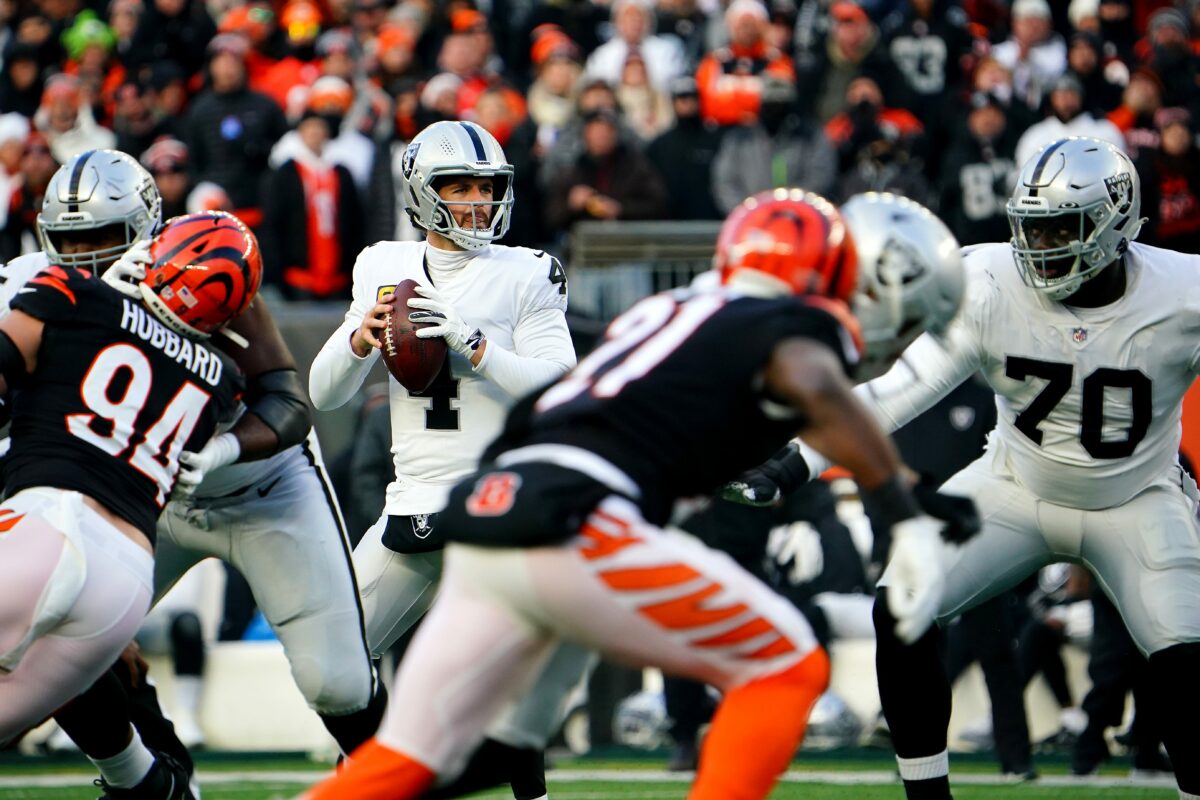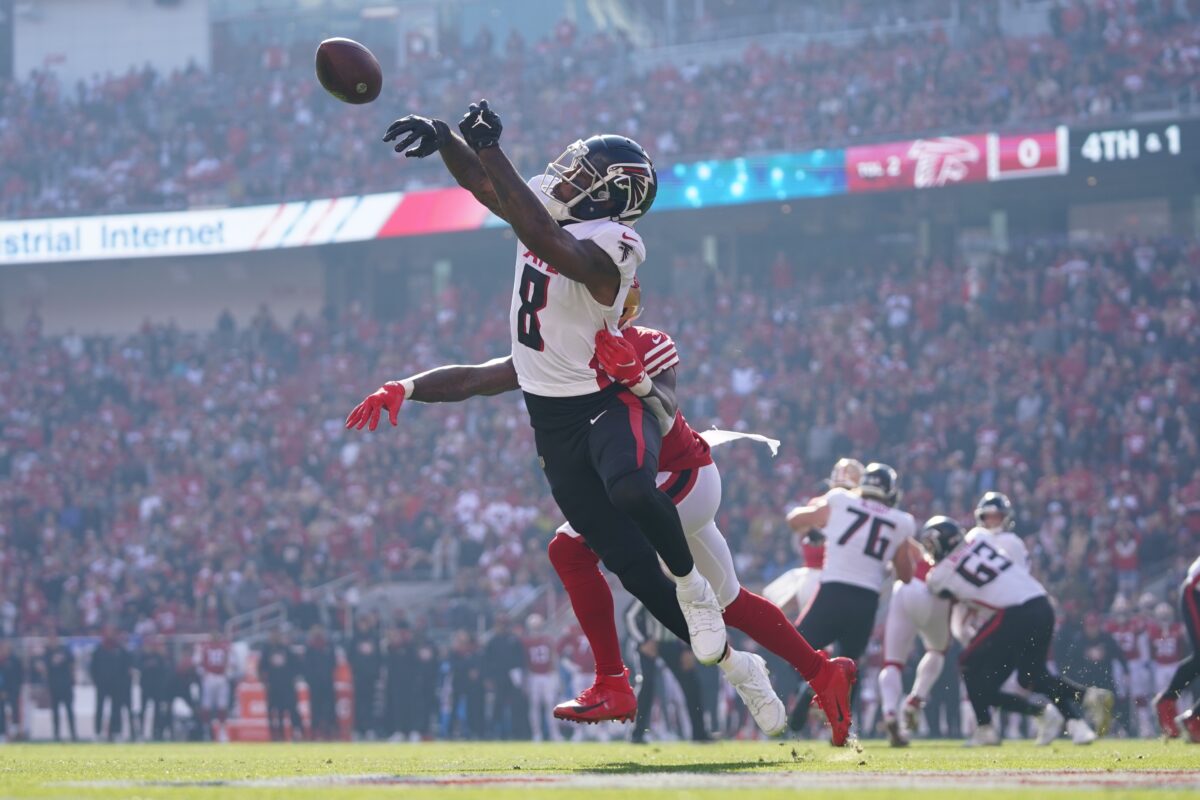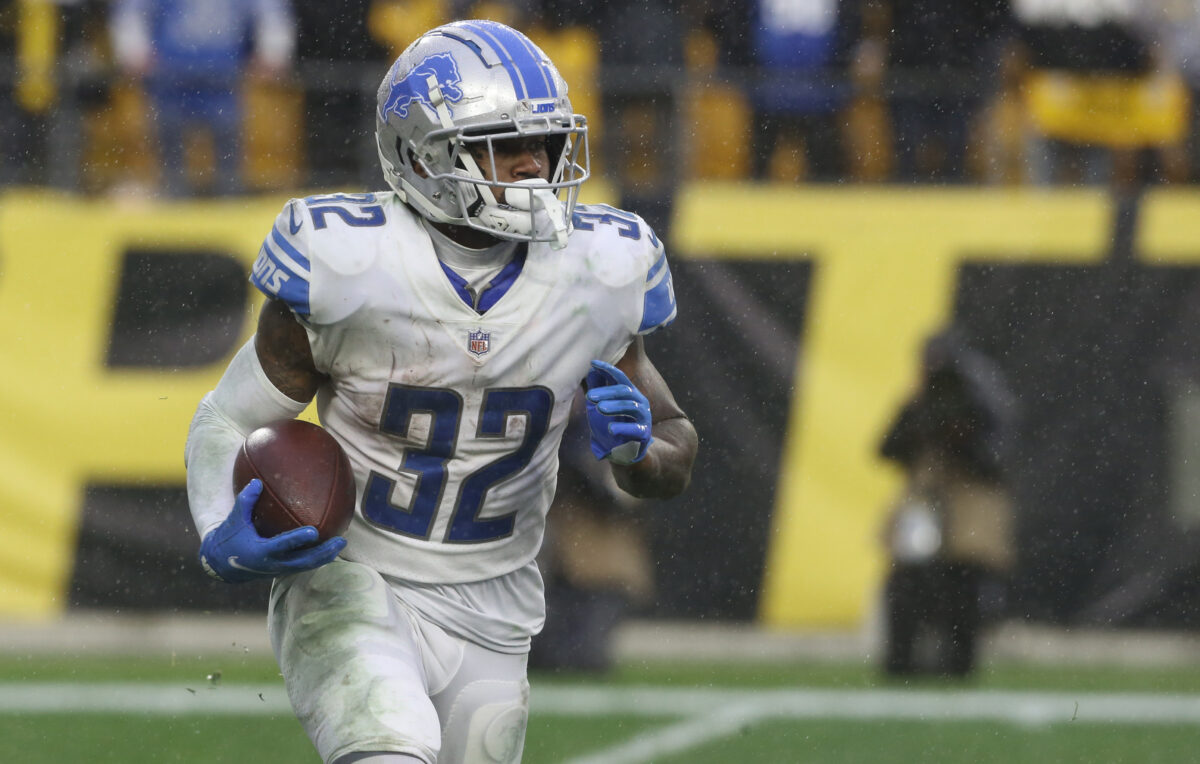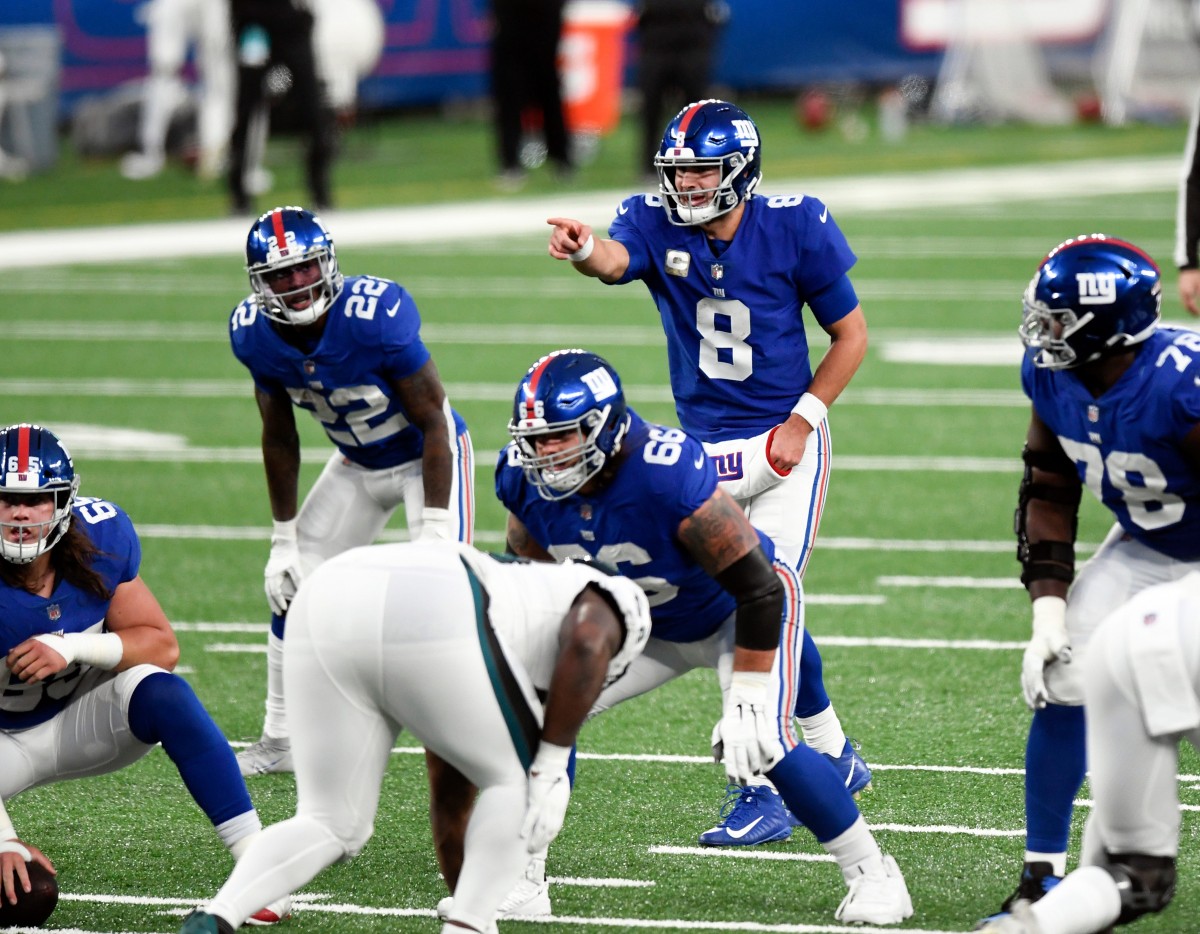The same quarterback playing in the same offense with mostly the same players should produce the same results from last year, right? Of course not. The difference is that even if almost nothing changes on a team, they never face the same schedule from year to year. So a part of the valuation of a fantasy player should be if his schedule is easier or more challenging than the previous season.
The fantasy points allowed to quarterbacks by each defense and venue (both at home and away games) were arrayed against each team’s schedule for both 2021 and 2022. Then they are ranked from 1-32 for which teams had the best or worst schedules they played against last year and applied that against what they will face for 2022. Swings of less than 10 in schedule strength ranking say that the schedule isn’t really reliably different for the player.
What is relative is when a player has a significant shift in the quality of defenses that he will face. Davis Mills leaves the No. 32 ranked schedule last year and faces the No. 7 for 2022 – that should be a notable positive for his second year. Conversely, Lamar Jackson went against the No. 8 schedule in 2021 but drops to only No. 26 – that won’t help his passing game that already lost Marquise Brown.

Best schedule swings
Davis Mills (HOU) – Mills’ final four games as a rookie resulted in eight touchdowns, and he totaled four 300-yard games on a bad team that faced the worst schedule in the NFL for 2021. This year, he enjoys the biggest positive swing in the NFL shooting up to the No. 7 best schedule strength. The Texans have been one of the most dysfunctional franchises these past few years, but at least the schedule turns around for them and Mills’ second season contains more promise than may seem at first glance.
Marcus Mariota/Desmond Ridder (ATL) – The quarterback situation isn’t certain this year, and that brings plenty of risk for a franchise that’s moved on from all the best players of recent years. Last year ended poorly for the passing effort but did face one of the worst schedules along with losing Calvin Ridley. The improved schedule will help whichever quarterback starts, but neither were there last year, so there’s no real comparison.
Matt Ryan (IND) -Although Ryan wasn’t with the Colts last year, recall his down year in Atlanta went against one of the worst schedules and now restarts his career versus the No. 6 schedule for quarterbacks. The receivers are iffy outside of Michael Pittman, and the Colts make swapping out aging quarterbacks an annual event, but at least Ryan has an easier slate of games to get his career back on track.
Carson Wentz (WAS) – Following the theme of older quarterbacks leaving town after a down year versus a bad schedule, Wentz moves to Washington where he too trades up from a No. 29 schedule to the No. 2 best for 2021. He’s no better than an average fantasy backup, but at least he gets a more generous schedule if you have to use him for more than a bye week cover.
Jared Goff (DET) – The ex-Rams quarterback likely still feels the sting from getting dumped on the lowly Lions offense while his old team just won the Super Bowl. But he was given a few new weapons for 2022 and starts a second season with the offense. Throw in a schedule that went from No. 27 up to No. 9 and he’s another fantasy backup that should see an increase in production.
Worst schedule swings
Derek Carr (LV) – This is a bothersome development, given that Carr usually flirts with the Top-12 in recent seasons and just upgraded with Davante Adams. But that nightmare 2021 season went against the No. 9 schedule, and now the Raiders are pitted against the No. 30 quarterback schedule. That isn’t to say that Adams cannot continue to be a pass-sponge, but overall, Carr has to contend with much better secondaries for this year.
Lamar Jackson (BAL) – The reality is that Jackson is a premier running quarterback, so his matchups typically fare differently than do other quarterbacks when they face a particular defense. But it is troubling that his stats were down across the board even before ending his season early in Week 14. He’s not only facing a much more daunting schedule than 2021, the Ravens did nothing to replace the departed Marquise Brown’s 91 catches and 1,008 yards.
Aaron Rodgers (GB) – The better the quarterback, the less that the schedule matters. That could hold true for Rodgers who’s been a fantasy starter for his entire career. He doesn’t face a bad schedule so much as he enjoyed one of the easiest set of opponents last year and 2022 looks to be just average in schedule strength. Maybe not the ideal year to miss Davante Adams, but Rodgers plays bigger than his schedule anyway.
Patrick Mahomes (KC) – Like a few other elite quarterbacks, Mahomes lost Tyreek Hill, and the Chiefs only brought in a few moderately-talented replacements. The decline in schedule will have at least a minor impact and may only matter thanks to losing Hill. But Mahomes is yet another quarterback that is bigger than his schedule.
Kyler Murray (ARI) – He’s another elite quarterback who rates as a fantasy starter every year. He was banged up, as was his receivers last year, and ended on a down note. For 2022, Murray loses DeAndre Hopkins for the first six weeks of a year facing the No. 29 schedule for quarterbacks. Adding in Marquise Brown should lessen the impact and Murray is healthy again. But the schedule will have an impact, and likely most at the start of the season when Hopkins is out.
















